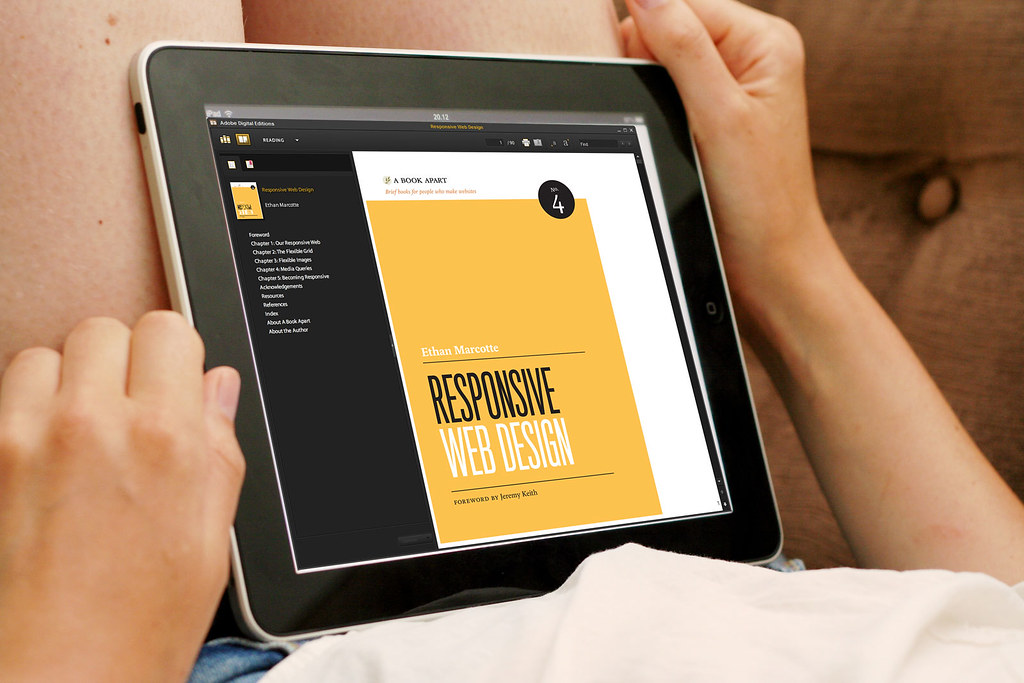Introduction:
In today’s digital era, where people access the internet on various devices, responsive design has emerged as a critical factor in creating exceptional user experiences. Responsive design ensures that websites adapt and respond seamlessly to different screen sizes, resolutions, and orientations. In this blog post, we will explore the significant impact of responsive design on user experience and why it is crucial for the success of your website.
- Enhanced Accessibility:
Responsive design enables your website to reach a broader audience by accommodating users on different devices. Whether visitors access your site from a desktop, laptop, tablet, or smartphone, responsive design ensures a consistent and optimized experience. This accessibility enhances user engagement and satisfaction, regardless of the device they choose to browse your website.
- Improved Mobile Experience:
Mobile usage has skyrocketed in recent years, with more people relying on their smartphones for browsing the internet. By implementing responsive design, your website provides an optimal mobile experience. Content is appropriately scaled, images are optimized for mobile screens, and touch-friendly elements enhance navigation. This seamless mobile experience keeps users engaged and encourages them to stay longer on your site.
- Positive SEO Impact:
Search engines, like Google, prioritize responsive websites in their search results. Responsive design is a crucial factor in search engine optimization (SEO), as it ensures your website is mobile-friendly and provides a consistent user experience across devices. With higher rankings in search results, your website gains more visibility and attracts increased organic traffic, contributing to business growth.
- Faster Page Loading Speed:
A responsive website eliminates the need for separate mobile versions, reducing the load on servers and improving overall performance. With responsive design, content is optimized, and only relevant resources are loaded based on the user’s device. This results in faster page loading times, reducing bounce rates and enhancing user satisfaction.
- Seamless User Interface:
Responsive design focuses on creating a seamless user interface across devices. Elements such as menus, buttons, and forms are optimized for touch interactions, ensuring a smooth and intuitive user experience. By eliminating the need for horizontal scrolling or zooming, responsive design makes navigation effortless and content consumption enjoyable for users.
- Increased Conversion Rates:
A positive user experience is closely linked to higher conversion rates. With responsive design, users can easily access and interact with your website, regardless of their device. Intuitive navigation, clear calls-to-action, and optimized forms make it easier for visitors to complete desired actions, such as making a purchase or submitting a form. This improved user experience leads to increased conversions and ultimately drives business growth.
Conclusion:
Responsive design is no longer an option but a necessity in today’s digital landscape. It plays a vital role in providing an exceptional user experience across devices, improving accessibility, enhancing mobile experience, boosting SEO efforts, and increasing conversion rates. By embracing responsive design, you ensure that your website is optimized for the diverse needs and preferences of your users, resulting in higher user satisfaction, engagement, and business success. Invest in responsive design today and unlock the full potential of your website.

